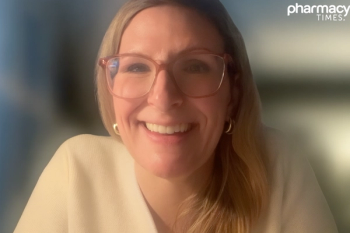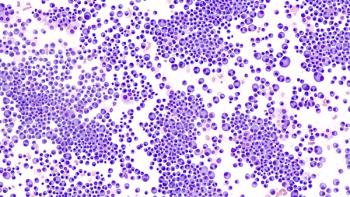Pharmacy Times: How can pharmacists counsel patients and properly educate them on thimerosal—its role, history, and status in our current vaccine supply?
Adam James, PharmD: It’s really important for pharmacists to understand what type of information their patients are consuming. Sometimes, it helps to bring up vaccine ingredients, talk about vaccine safety, and highlight the different products available. For example, if thimerosal is a concern, we can clarify that almost every vaccine we administer in pharmacies is a single-dose, prefilled syringe—meaning it doesn’t contain thimerosal. Being transparent and proactive helps build trust and can counteract misinformation from other sources.
Chris Altman, PharmD: I’d add that one of our core superpowers in pharmacy is education and access. When misinformation spreads, we can be a trusted source. Patients can walk in, speak face-to-face, and get the facts. Pharmacists talk to customers every day. We know how to address concerns with empathy and clarity. When someone comes to us with fears, it’s often rooted in emotion—no one wants to make a decision that could harm their child or themselves. That’s why we should approach these conversations with calmness, compassion, and facts. Ultimately, we want patients to get vaccinated—for their health and the health of others. Being open, transparent, and fact-based can make a big difference.
James: Yes, and something I’ve found helpful is providing the VIS—the Vaccine Information Statement. Giving patients something they can read and take home lets them process the conversation at their own pace. It can really make a difference.
Key Takeaways
- Pharmacists can counter vaccine misinformation by proactively discussing ingredients like thimerosal and reinforcing its limited use in modern vaccines.
- Thimerosal contains ethylmercury, not the more toxic methylmercury, and has not been included in childhood vaccines since the early 2000s.
- Empathetic, open dialogue—combined with educational tools like the VIS—can help patients feel heard and confident in their vaccination decisions.
Pharmacy Times: Generally, what role can pharmacists play in overcoming vaccine hesitancy—especially when it’s related to thimerosal?
Altman: We’ve touched on this, but one point of confusion is how thimerosal is presented. It’s a mercury-containing compound, but it’s not toxic mercury. Thimerosal is ethylmercury—not methylmercury. It’s easy for patients to confuse the two. We need to break it down: explain the facts, speak sincerely, and ask if we’ve addressed their concerns. Telling someone, “We’ve used thimerosal since the 1930s,” might not be enough—they might respond, “Well, you’ve been using it inappropriately since then.” That’s why we have to go deeper—why is it safe? Why is it effective? Why do we use it? Also, thimerosal isn’t in every vaccine. Some people are refusing all vaccines because it’s in three flu vaccine presentations. We need to explain that clearly and empathetically.
James: I agree 100%. It’s also important to involve patients in the conversation. Sometimes we get caught up in explaining everything, but I like to ask simple questions that get them thinking. For example, “Did you know there are different types of mercury compounds—do you know the difference between ethyl and methyl mercury?” When they respond, “No,” or “I’ve heard that but don’t know what it means,” it opens a more productive dialogue. It’s not just about educating—it’s about listening and engaging. Also, it’s crucial to explain that methylmercury accumulates and causes toxicity. Ethylmercury, which is what thimerosal contains, does not accumulate the same way. That’s a key distinction for patients to understand.
Pharmacy Times: Is there anything else you would like to add?
Altman: Sure—there are specific concerns among caregivers about childhood vaccines. People worry, “Is thimerosal in these vaccines?” The good news is that there is no thimerosal in any childhood vaccine on the current schedule. It’s a strong message to share with parents and caregivers. The reality is that thimerosal has been proactively removed from childhood vaccines. So Adam, how do you talk to caregivers about this?
James: It’s all about transparency and education. I let them know they don’t need to worry about thimerosal in childhood vaccines. Even for adults, very few products contain it. As we’ve said, it’s only in certain multi-dose flu vials. The vast majority of vaccines administered—even flu shots—do not contain thimerosal. So while it’s a hot-button topic, it shouldn’t be a deciding factor for most vaccines. And when it comes to childhood vaccines, thimerosal hasn’t been in them since the early 2000s.




















































































































































































































